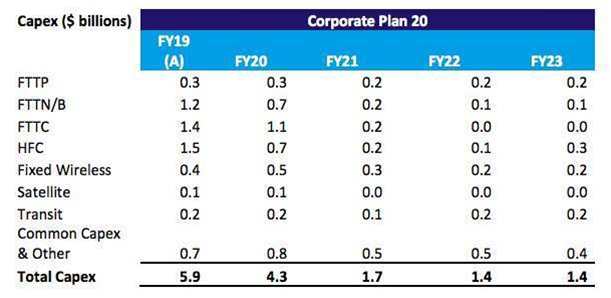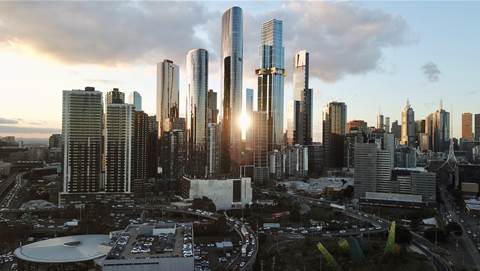NBN Co has revealed the discovery of 91,380 non-existent premises in the fixed wireless rollout freed $200m in planned capex, which was diverted to other parts of the network.

iTnews reported last week that NBN Co removed 130,449 non-existent premises from its fixed wireless and satellite footprints, after more accurate data showed they did not exist.
While the reduction in premises did not appear to have a material impact on NBN Co’s projections in the recent corporate plan, it did cause some changes in the company’s planned capital expenditure.
Coinciding with revealing the phantom premises in its weekly report, NBN Co provided Labor Senator Kimberley Kitching two tables of data that had been withheld from the most recent corporate plan.
One of the tables shows a detailed breakdown of NBN Co’s capital expenditure (capex) by access technology, as well as accounting for capex on transit, IT and other costs.
This table reveals - among other things - that capex for fixed wireless was around $400 million in FY19 instead of the forecast $600 million.
iTnews can now confirm this is a direct result of the presence of the phantom premises.
“NBN Co directed capex of $400 million into its fixed wireless network in FY19, which was approximately $200 million less than originally forecast in our corporate plan 2019-22,” an NBN Co spokesperson told iTnews.
“The reduction in capex is attributable to lower construction and activation profiles as a result of more accurate modelling of the actual number of premises that need to be made ready to connect in fixed wireless areas.”
HFC, FTTC cost rises revealed
The reduction in capex requirement for fixed wireless was fortuitous, however, as NBN Co faces increased costs in the hybrid fibre coaxial (HFC) and fibre-to-the-curb (FTTC) portions of its network.
The quantum of these capex increases were hidden from view in the recent NBN corporate plan, though it was obvious that capex had shifted reasonably significantly, with an extra $1 billion needed between now and 2023.
It can now be revealed $700 million of the extra $1 billion will go into HFC and FTTC, explaining why the cost-per-premises (CPP) for both is rising sharply.
“From FY19-22, we will be directing additional capex into the upgrade, development and rollout of HFC and FTTC access technologies,” an NBN Co spokesperson confirmed to iTnews.
“The FTTC capex requirement is $0.3 billion [$300 million] higher (than the $2.7 billion forecast in the previous corporate plan) due to greater civil works required in the build.
“HFC is $0.4 billion [$400 million] higher (than the $2.8 billion forecast in the previous Corporate Plan) due to greater civil works, a higher volume of new lead-in conduits required to be built and the reduced number of self-installs.”
NBN Co’s spokesperson confirmed that the money saved from fewer premises in the fixed wireless footprint would partially fund the HFC and FTTC costs.
“In addition to the redirection of the unspent capex previously allocated to fixed wireless, NBN Co will also use contingency that was allowed for in [corporate plan 2019] to cover its additional FTTC and HFC costs,” the spokesperson said.
The table also shows a need for rising capex on HFC in FY23 of $300 million, at a time when capex is meant to stabilise for other access technologies.
NBN Co did not address what need it had for the extra money on HFC in that timeframe.



















.png&h=141&w=208&c=1&s=1)

